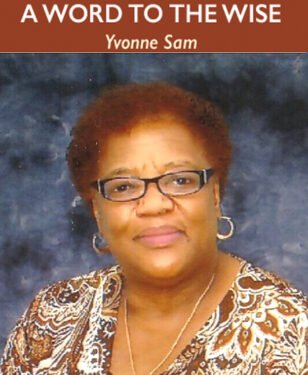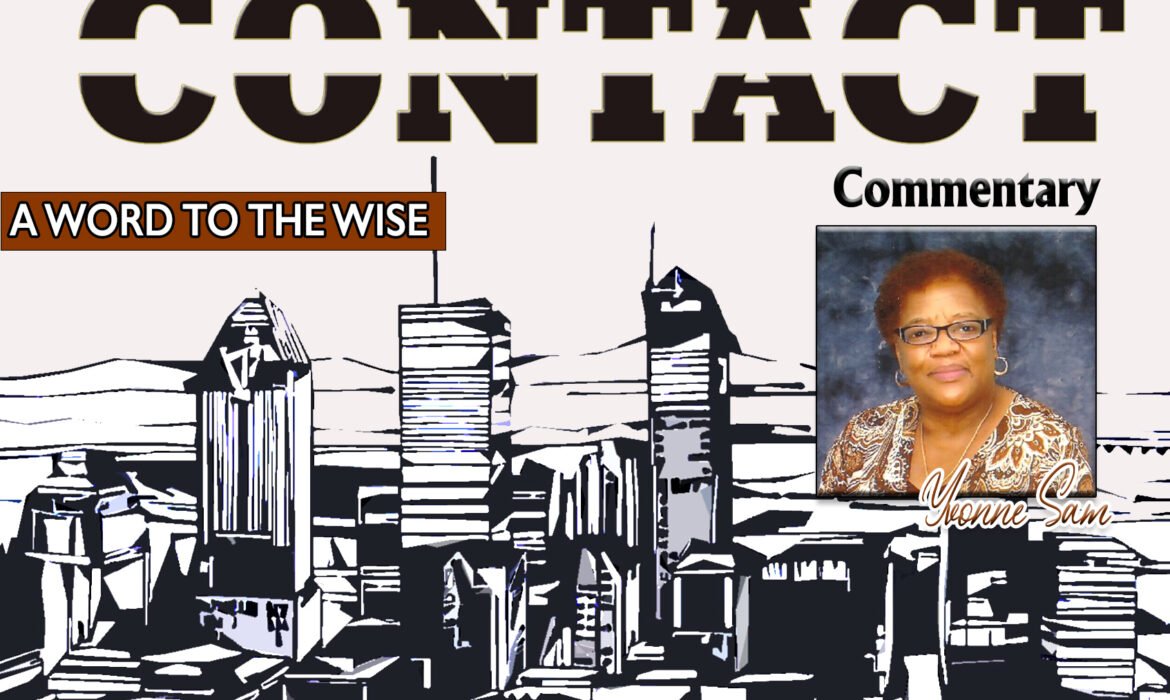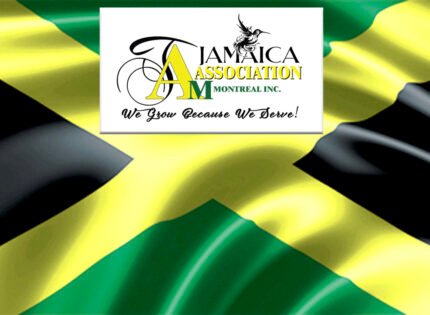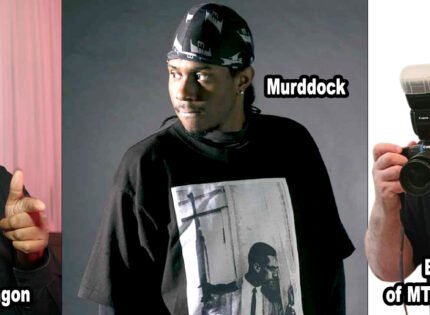
As the vaccination period (flu) draws near, it should once again be brought to recall that vaccination is unique among de facto mandatory requirements in this modern era, requiring individuals to accept the injection of a medicine or medicinal agent into their bodies, all of which has provoked a spirited opposition.
On the other hand, omission on “historical” matters is not acceptable. Although not spoken of or written much about, violent protests over vaccination campaigns are not unique to our time as illustrated by the Montreal Vaccine Riot of 1885. In March 1885, George Longley, a conductor of the Grand Trunk Railway (North America’s first international railroad), arrived in Montreal and went to a hospital after a local physician diagnosed him with smallpox. Unfortunately, the hospital staff misdiagnosed Longley’s condition to be chickenpox when he was checked in, so standard isolation procedures were not adhered to. Soon, employees of Hôtel-Dieu Hospital started coming down with the disease. Attempts to disinfect the hospital came too late and seemingly disease-free patients evacuated from the hospital brought smallpox back to their communities. By April an epidemic had started.
As what was known as the “Red Death” spread, Montreal began a voluntary inoculation program, but some French Canadians resisted. Although inoculation against smallpox was not new, some feared the vaccinations were dangerous. Others did not understand how contagious the disease was, and some believed rumors that city vaccinators were going into bedrooms and tying down children to be vaccinated. An anti-vaccination pamphlet read, “Stop!! People Driven Like Dumb Animals To The Shambles.” Some religious groups called the smallpox shot the biblical “Mark of the Beast” — the same claim that was made by conspiracy theorists about the coronavirus vaccines on social networks.
As the epidemic continued, foreigners boycotted the city and its products, while influential citizens urged mandatory vaccination.
On Sept. 28, 1885, it was reported in the Philadelphia Inquirer that a “howling mob” had attacked a branch office of the health department and “wrecked the building.” The crowd, growing in size, then marched to City Hall. A few policemen were on duty, but “the mob drove them out of their way like sheep.” This attack on City Hall has eerie similarities to the Jan. 6 assault by Donald Trump supporters on the U.S. Capitol. A remarkable feature of the riot was the utter collapse of the police force and its inability to deal with the mob.
The riotous crowd turned next to the central police station. “Revolver shots were freely fired at the police,” the Boston Transcript said. “To scare the men, the police fired over their heads only to be received by jeers and laughter.” The crowd travelled through the city, smashing windows of pharmacies that sold vaccines and of the homes of health officers. Anti-vaccine protesters smashed all the windows in the Central Police Station. The chief of police was stabbed and stoned; however, he survived. Although the Board of Health was ambivalent about resorting to force, 1,400 armed military men gathered at the city hall and patrolled the city. Sanitary police were issued revolvers. The Board of Health blamed the riots on lies told by vaccine opponents — that vaccine administrators would enter women’s bedrooms and tie children down to be vaccinated. No further major violence occurred. It is unclear whether the display of force was effective, or the crowd had ceased interest in rioting, or simply was not organized. The outcome of the riot was neither capitulation to the demands of anti-vaccine activists, nor a heavy-handed enforcement of policy. Rather, following this outbreak/epidemic, the opposition to vaccination shifted to courtrooms and activist leagues. Ontario passed a Vaccination Act in 1887, which required that “parents must have their children vaccinated against smallpox within three months of birth, and re-vaccinated when necessary every seven years.” It allowed cities to issue vaccination orders in the event of a smallpox outbreak, and allowed school boards to demand that students provide a vaccination certificate.
Notably for physicians today, it was not scientific uncertainty alone that allowed anti-vaccine campaigners to effectively push back against public health laws. In 1906, two decades after the Montreal riots, the Anti-Vaccination League of Canada succeeded in convincing the Toronto Department of Health to remove a vaccination requirement from schools. Anti-vaccine activists framed their opposition in terms of social class and personal autonomy.
Recent surveys showed that nearly a third of Canadians were unwilling to take a vaccine against SARS-CoV-2. Thanks to advances in medicine and public health, the smallpox epidemic of Montreal was the last uncontained eruption of the disease in a modern city. In 1979, the World Health Organization announced the global eradication of the disease, though samples of the variola virus are kept in government laboratories in the United States and Russia. In 1946, the last endemic case of smallpox in Canada took place.
If there is a lesson to be learnt from the Montreal Vaccine Riot, it may be to respect the power of personal health decisions, and to acknowledge that power has multiple forms of expression.
Aleuta—— the struggle continues.















